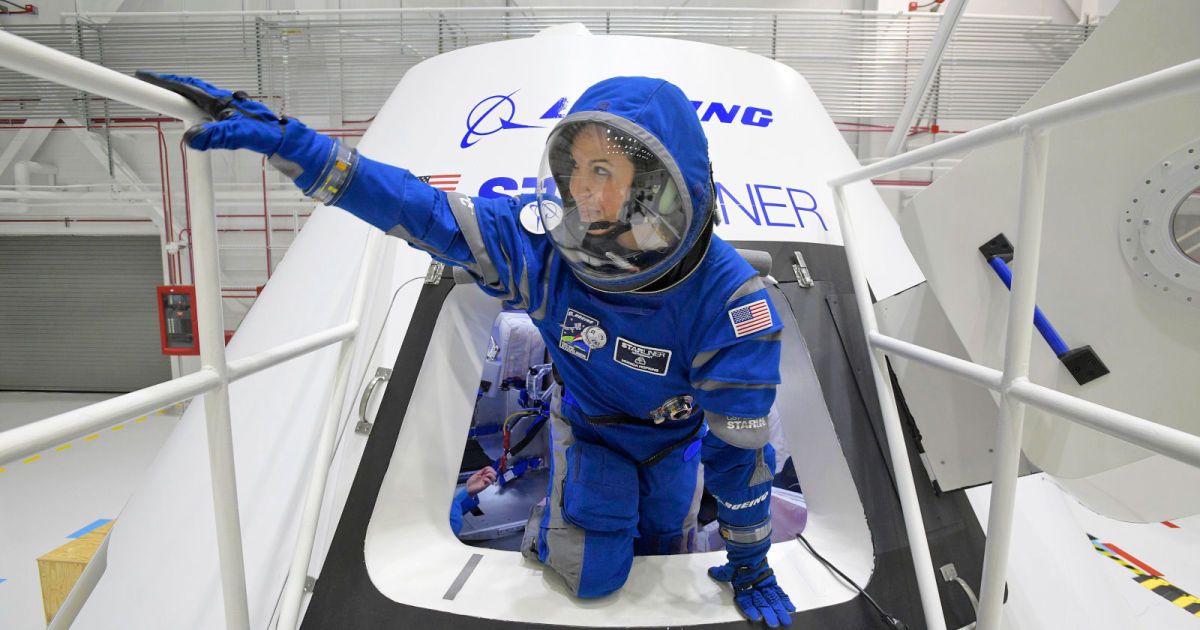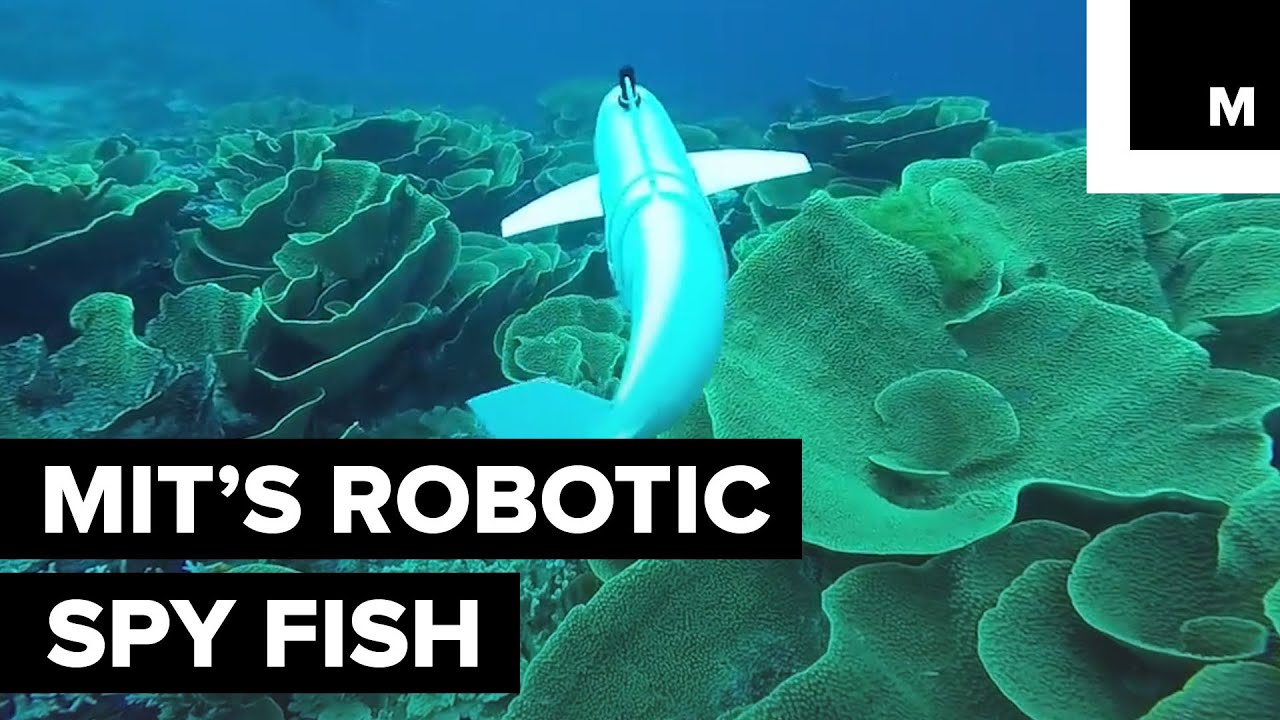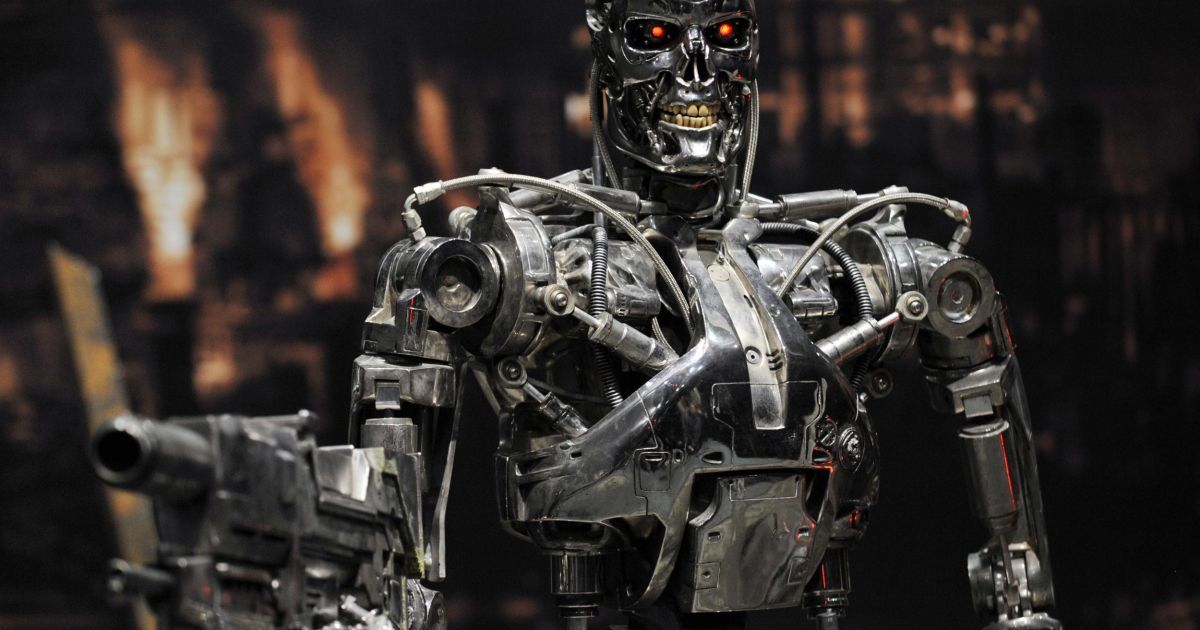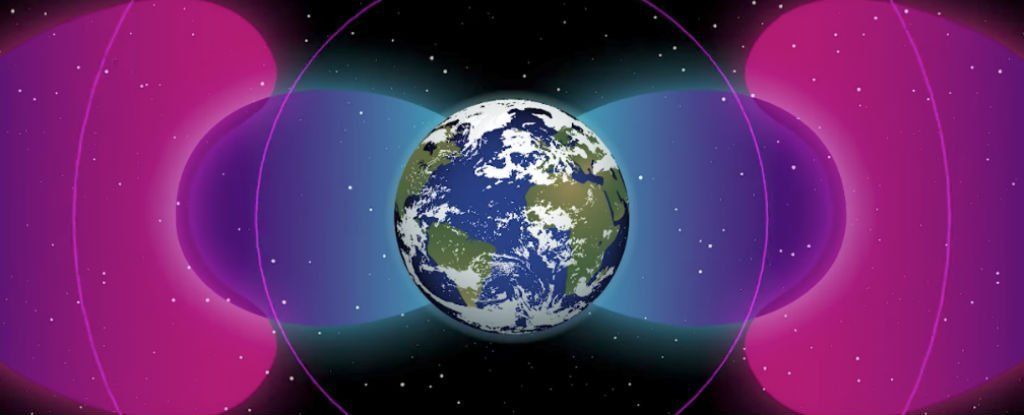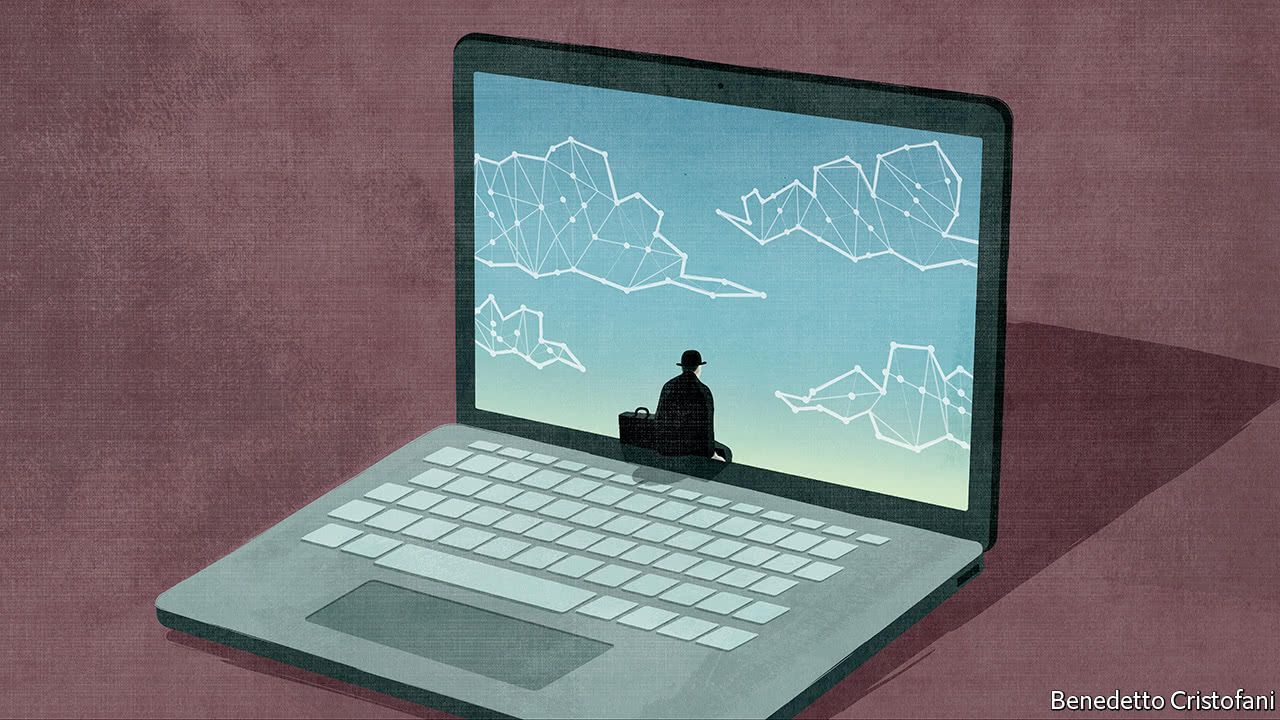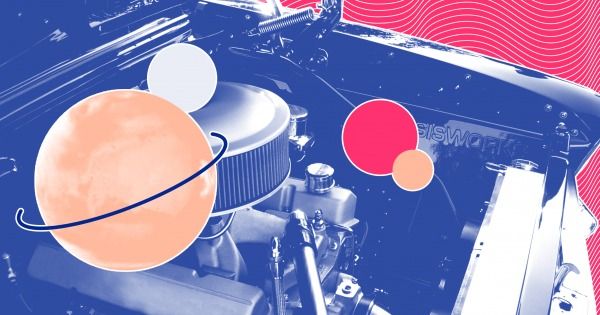Apr 7, 2018
Boeing’s first crewed space flight may be more than just a test
Posted by Genevieve Klien in category: space travel
This week, NASA announced that it has updated its commercial crew contract with Boeing. Specifically, Boeing is one of two contractors that is building a crew vehicle that will eventually be able to carry astronauts to and from the International Space Station. The change surrounds its first test flight — including the option to extend the flight (from two weeks up to six months) and potentially adding a third crewmember. In other words, the first test flight wouldn’t be a test anymore.
This isn’t a huge surprise. Back in January, the GAO released a report that said that human flight certification of Boeing and SpaceX rockets would likely be delayed until the end of 2019. NASA currently has seats for astronauts on Russian Soyuz spacecraft through the fall of 2019. After that, well… Houston, we have a problem.
Russia doesn’t have any more Soyuz seats to offer us for purchase, so that leaves a significant gap between when we will need operational human spaceflight capabilities and when we will have them. The only solution is to use SpaceX and Boeing’s test flights as actual flights, in which we carry humans to and from the ISS, rather than as the test flights they were originally designed to be.
Continue reading “Boeing’s first crewed space flight may be more than just a test” »
